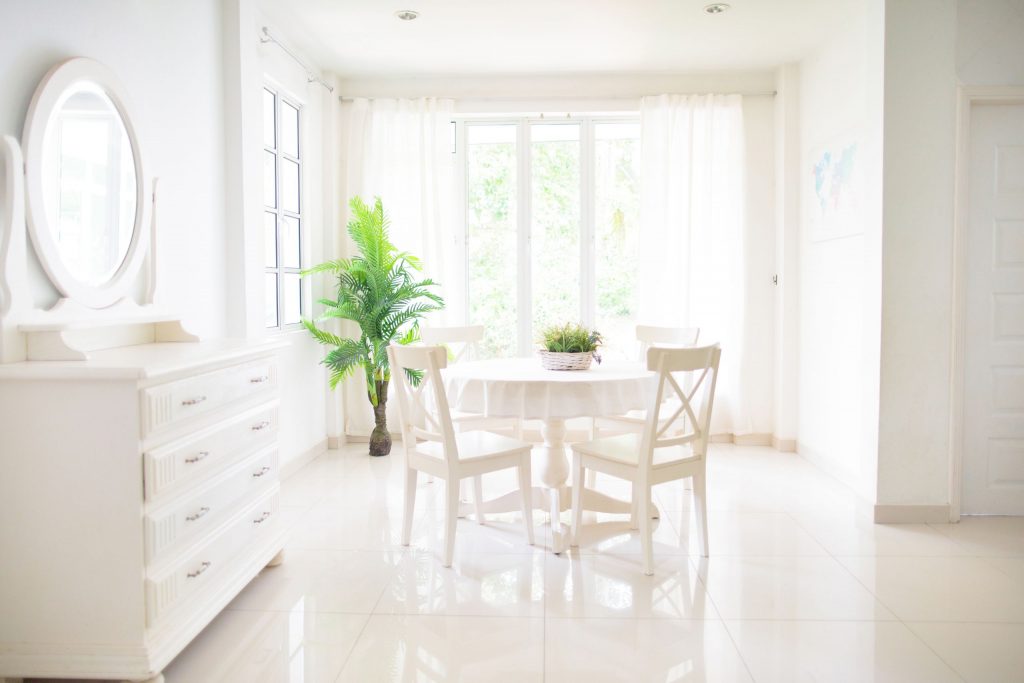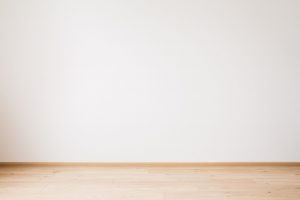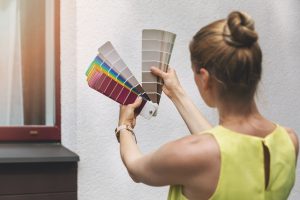How Color Affects Mood: Choosing The Perfect Shades For Every Room

Color psychology explores how colors influence human emotions and actions, thereby helping to create an environment that speaks to each person. This interesting area investigates the psychological effects of different colors and shows how they could either improve or worsen one’s mood. While warm tones may stimulate and energize, chilly tones provide serenity and relaxation and various colors arouse different emotions. Choosing suitable colors for every one helps one to improve comfort and enable the intended usage of any location. For instance, although gentler tones might provide a peaceful bedroom environment for sleep, bold colors could be ideal for motivating innovation in a business. Knowing these dynamics helps people to properly arrange their homes, therefore producing an environment fit for their emotional requirements. This essay will investigate how certain colors and their variations could affect group attitudes, therefore proving their ability to turn a space into a dynamic center of energy or a comfortable refuge.
Energizing Colors for Living Rooms and Social Spaces
Creating vivid living rooms and social areas bursting with energy requires energizing colors. Warm colors, especially yellows, oranges, and certain tones of red, inspire vitality and excitement and are thus perfect for places designed for gathering and discussion. These colors help to enhance the mood of any place and encourage guests to relax and participate more.
Strong colors like sunflower yellow or tangerine orange for an accent wall can draw attention but also create a friendly space. This approach draws people and gives social gatherings a vibrant backdrop. Match these brilliant hues with neutral tones like mild grays, whites, or beiges to provide a muted equilibrium. This mix helps the vivid colors erupt without overpowering the senses.
To tie your décor and seem both sophisticated and vibrant, use accents honoring these rich hues like furniture, pillows, or artwork. Not just places for living, living rooms might become vibrant motors encouraging involvement and pleasure by carefully blending warm hues with neutrals.
Calming Shades for Bedrooms and Relaxation Areas
Soft blues, greens, and lavenders are colors commonly associated with serenity and relaxation and so ideal for bedrooms, reading nooks, and other personal places. These soothing hues promote serenity and tranquilly, therefore promoting suitable conditions ideal for relaxation.
Soft blue gives bedrooms an airy quality that mimics clear sky, therefore encouraging calm slumber. Likewise, mild greens revitalize by bringing the core of nature within. Lavender keeps its calming effects and has a faint taste of warmth. It is great for clearing your mind.
It might be nice to mix these colors to make a peaceful, soothing effect without making the room look too dark or cold. Softer colors might add depth without being the main focus of the room, and highlights on the chairs, rugs, or art could make the space feel more rich. Laying natural materials or soft textiles will provide warmth while yet preserving a soothing sensation.
Combining these muted colors and textures can help one to construct attractive, peaceful, pleasant surroundings perfect for decompression after a hectic day.
Productive Colors for Home Offices and Study Areas
Including certain colors in study spaces and home offices can help to greatly improve concentration and output. Shades of green serve to balance and revive, hence they are ideal for environments needing continuous care. Soft grays provide a neutral backdrop that promotes a peaceful workplace and helps to cut distractions. In a peaceful setting, especially light or muted blue tones help to stimulate concentration and creativity.
Using these colors in furniture and décor or painting walls calls attention and helps to ease tension. Little bursts of strong colors—such yellows or oranges—can be included using accent items like pillows, artwork, or desk accessories for extra liveliness. These accents energize the space without overwhelming the primary color scheme.
Selecting a palette that strikes a mix between subdued colors and energizing accents produces a harmonic workplace, therefore promoting conditions fit for production. Through careful choosing and use of these colors, people may create a motivating environment fostering efficiency and concentration.
Inviting and Cozy Colors for Dining Rooms and Kitchens
A comfortable environment in kitchens and dining areas depends much on warm, pleasing colors. Grounding earth tones—such as terracotta, olive green, and subdued browns—bring stability and comfort by themselves. Reminiscent of ripe fruits, soft reds inspire warmth and happiness, therefore increasing hunger and promoting communication. Warm neutrals provide a pleasant backdrop from creamy beiges and soft taupe and enable other colors bloom.
Combining these colors with metallic accents—such copper or brushed gold—adds a refined touch that highlights their welcome character. These metallic coatings brilliantly reflect light to provide a pleasing glow that may help to enhance the environment generally. Whether in cabinets, dining tables, or accent pieces, natural wood features accentuate the color scheme really well. The cosiness of wood accentuates earth tones and mild reds, therefore fostering peace and a connection to the natural world.
Including textiles, like as cushions or comforting table linens, in these colors enhances the eating experience and transforms it from only about food to also about treasured memories in a well chosen environment.

Conclusion
Every room in a house may have its environment shaped by color; it can also arouse feelings in the occupant. Different colors have different psychological impacts; for instance, yellows may boost vitality and cheerfulness while blues help to relax. Therefore, it is essential to match colors to the intended use of every room so that places such kitchens, bedrooms, and living rooms reflect their intended usage and support well-being. Experimenting with color psychology and investigating how different tones could enrich everyday experiences and raise quality of life is urged of home designers. Well chosen colors might help to create a harmonic living environment, thereby affecting attitude and style of life. Visiting the “Color Inspiration and Trends” website, which provides insightful studies on choosing the ideal colors for every room, will enable homeowners explore this creative road even further and get inspiration. People may at last create houses that promote pleasure, creativity, and tranquility by carefully selecting colors that appeal to their own tastes and intended results.







